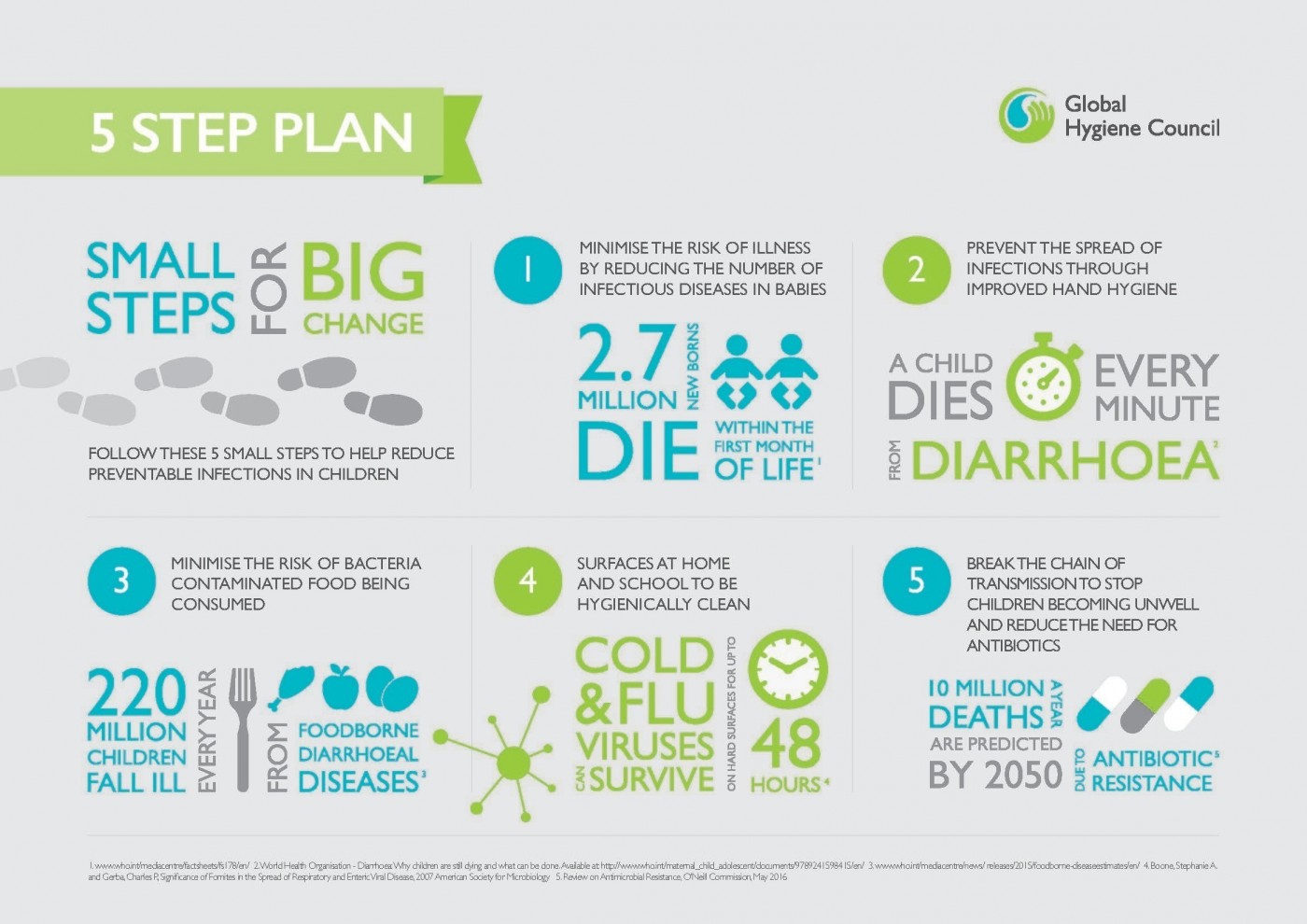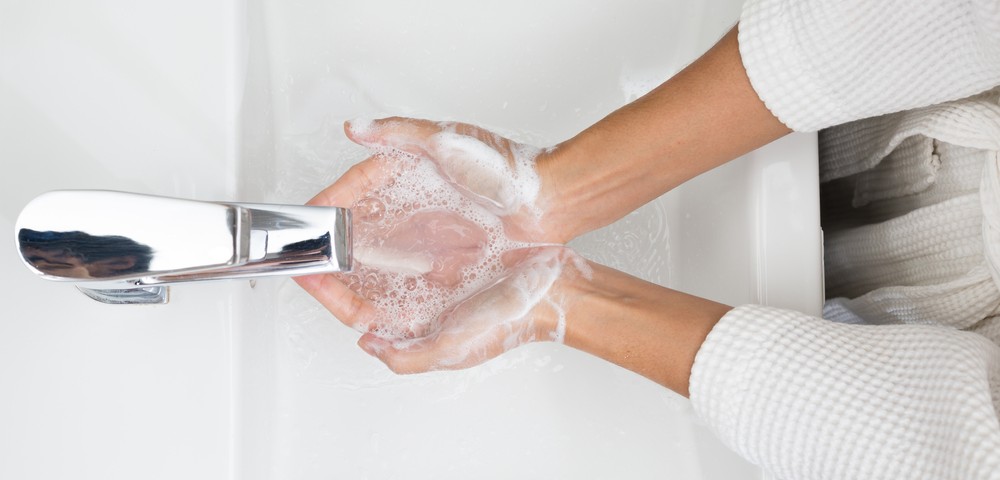The Global Hygiene Council (GHC) has released its Small Steps for Big Change report, spotlighting the alarming cost of preventable infectious diseases to millions of children worldwide and calling for greater use of basic hygiene practices.
Specifically, the report asks families, communities, and healthcare professionals to take five small steps to improve hygiene. Over three million children under age 5 die of infectious diseases every year, it stated, including almost a million of pneumonia and 700,000 of diarrhea.
The plan was developed by pediatricians, infectious disease specialists and other experts in the U.S., U.K., France, Nigeria and South Africa. Its focus is on small changes, like hand hygiene, that could lead to major improvements, including reducing the incidence of diarrhea by half and reducing the burden of common childhood infections, such as colds and influenza.
“It is unacceptable that largely preventable infections such as diarrhoea are still one of the biggest killers of children globally,” John Oxford, a professor and infectious disease specialist in the U.K. who chairs the GHC, said in a press release. “[B]y developing this 5-step plan, we want to deliver a clear and consistent message about how small changes in hygiene practices could have a big impact on the health and well-being of children around the world.”
The Five Small Hygiene Steps are:
- Better overall hygiene worldwide to lower infection rates, noting that poor hygiene may be a cause 2.7 million deaths of babies in their first month of life.
- Washing hands with soap and clean running water could reduce common infections, especially diarrhea in children.
- Improving food and kitchen hygiene could cut the numbers of children — now estimated at around 220 million — with from food-borne diarrhea disease every year.
- Cleaning frequently touched surfaces could stop the spread of cold and flu viruses, which can survive on hard surfaces for up to 48 hours.
- Improving all-round hygiene to break disease transmission and reduce the need for antibiotics, resistance to which is expected to claim 10 million lives by 2050.
“Poor personal hygiene and home hygiene practices are widely recognized as the main causes of infection transmission for colds, influenza and diarrhoea,” Oxford said. “Families, communities and healthcare professionals need to acknowledge that improved hygiene is effectively a first line of defense and that adopting better hygiene practices could have a dramatic and positive impact on the lives of young children worldwide.”



